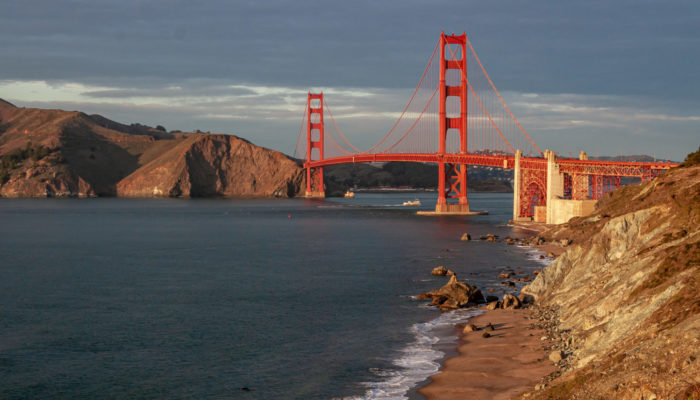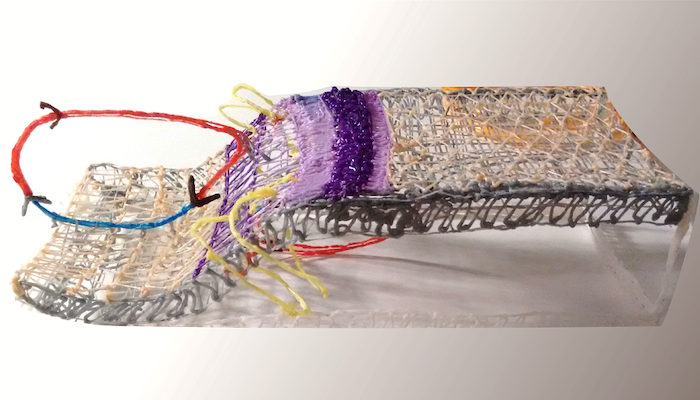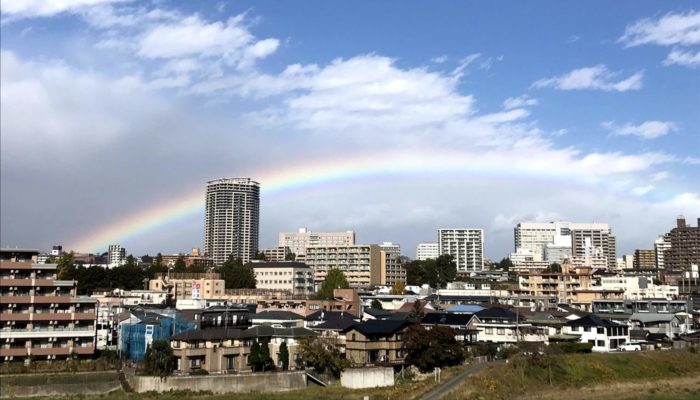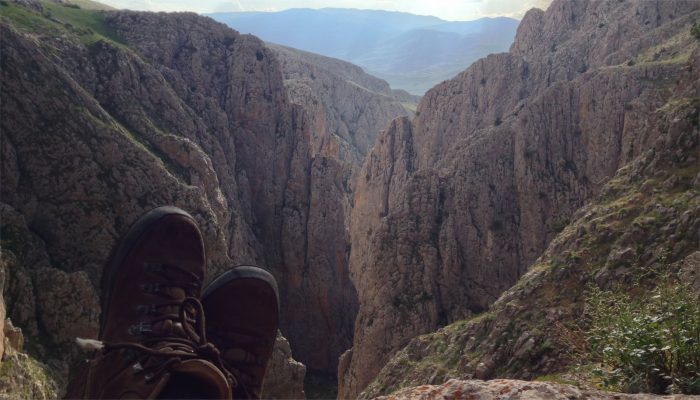Subduction zones are areas where one tectonic plate dives beneath another one and sinks into the Earth’s mantle, creating powerful earthquakes and volcanic eruptions. Understanding the intricate details of subduction zones can be a daunting task, and retrieving the necessary data often feels like an uphill battle. But fear not! The Geosciences Montpellier Laboratory in France has come to the rescu ...[Read More]
TS Must read – Wortel and Spakman (2000), Subduction and slab detachment in the Mediterranean-Carpathian region
The must read paper Wortel & Spakman (2000) uses seismic tomography models showing the three-dimensional upper mantle velocity structure of the Mediterranean-Carpathian region to hypothesize lithospheric processes related to slab detachment, and particularly, the lateral migration of the detachment along plate boundaries (Fig. 1). The paper defends that this process is a key control in the lit ...[Read More]
TS Must-Read – Dewey and Bird (1970) Mountain belts and the new global tectonics
Long after the first attempts made by Wegener (1915), the theory of plate tectonics was progressively accepted by the Earth sciences community in the thrilling ‘60s thanks to observations from mid-ocean ridges (see TS-must-read blogpost of September 2, 2020; Dietz, 1961; Heezen and Tharp, 1965, Hess, 1962; Vine and Matthews, 1963). The question is then, what goes on at convergent boundaries, whe ...[Read More]
San Francisco: Where the Plates Meet

San Francisco has been a natural gathering place for people across the millennia. It is not a coincidence that this city, situated at the entrance to the largest estuary on the U.S. West Coast, owes its dramatic setting to active geology on the North American plate margin. The first people of the San Francisco Peninsula, the Ramaytush Ohlone, cared for the land here for thousands of years before E ...[Read More]
Analog models for teaching and more, even at home
Ágnes Király is a postdoctoral research fellow at the Centre of Earth Evolution and Dynamics (CEED) at the University of Oslo, Norway. Ági has a background in geophysics, incorporating natural observations with numerical and analog models to study subduction zone processes. Ági has simulated subduction systems mostly in the Central Mediterranean. Working this spring will probably be somewhat diffe ...[Read More]
Sendai, living on the edge!
Sendai and its people live on the edge. The city and its citizens learned to live over a subduction zone. Sendai has survived 500 years of hazards; it is a resilient and industrious city. People know disaster will strike again, but also that they will rise up when it does. Japan, ‘the sunrise country’, would be much better named ‘the land of sinking tectonic plates’. Above the point where the Paci ...[Read More]
Minds over Methods: Reconstructing oceans lost to subduction
Our next Minds over Methods article is written by Derya Gürer, who just finished a PhD at Utrecht University, the Netherlands. During her PhD, she used a combination of many methods to reconstruct the evolution of the Anadolu plate, which got almost entirely lost during closure of the Neotethys in Anatolia. Here, she explains how the use of these multiple methods helped her to obtain a 3D understa ...[Read More]




